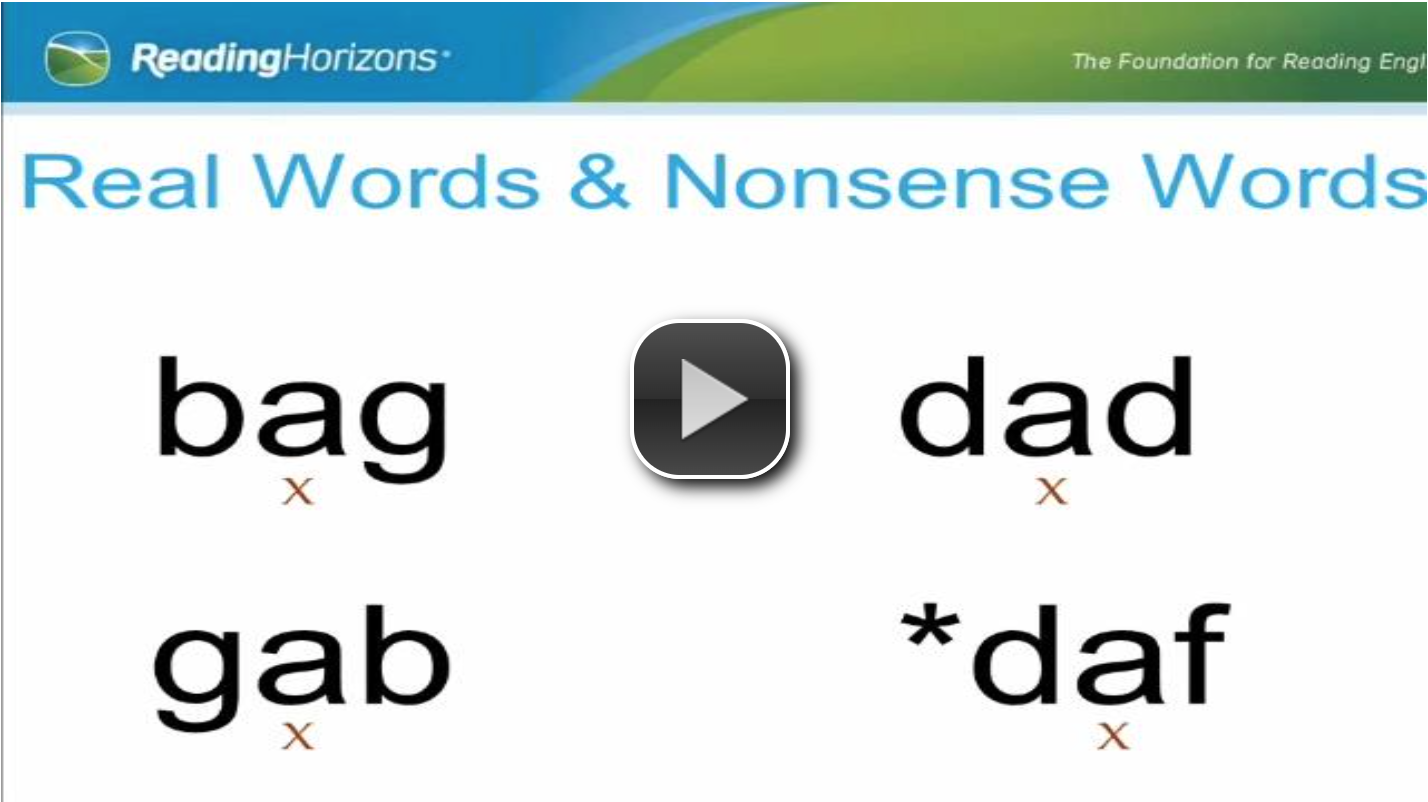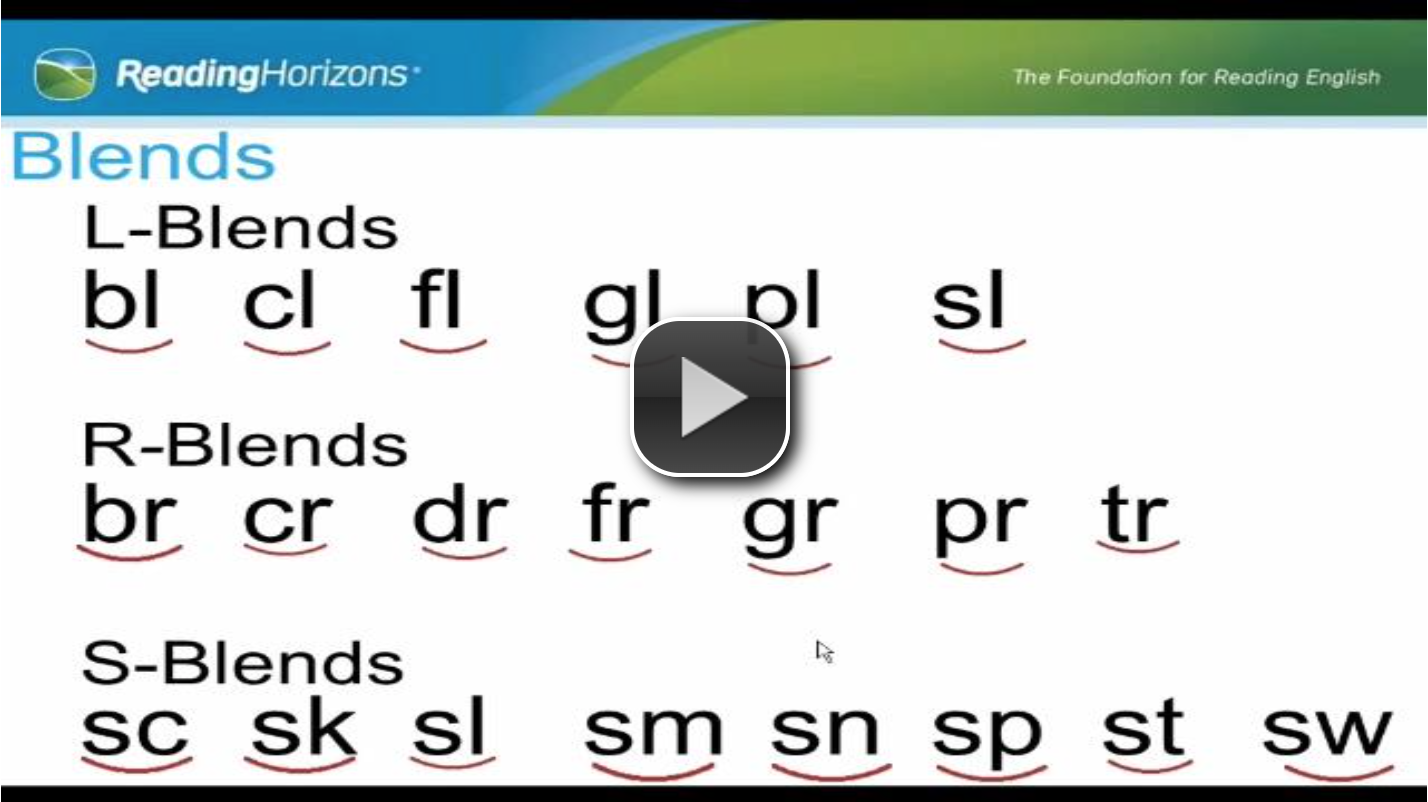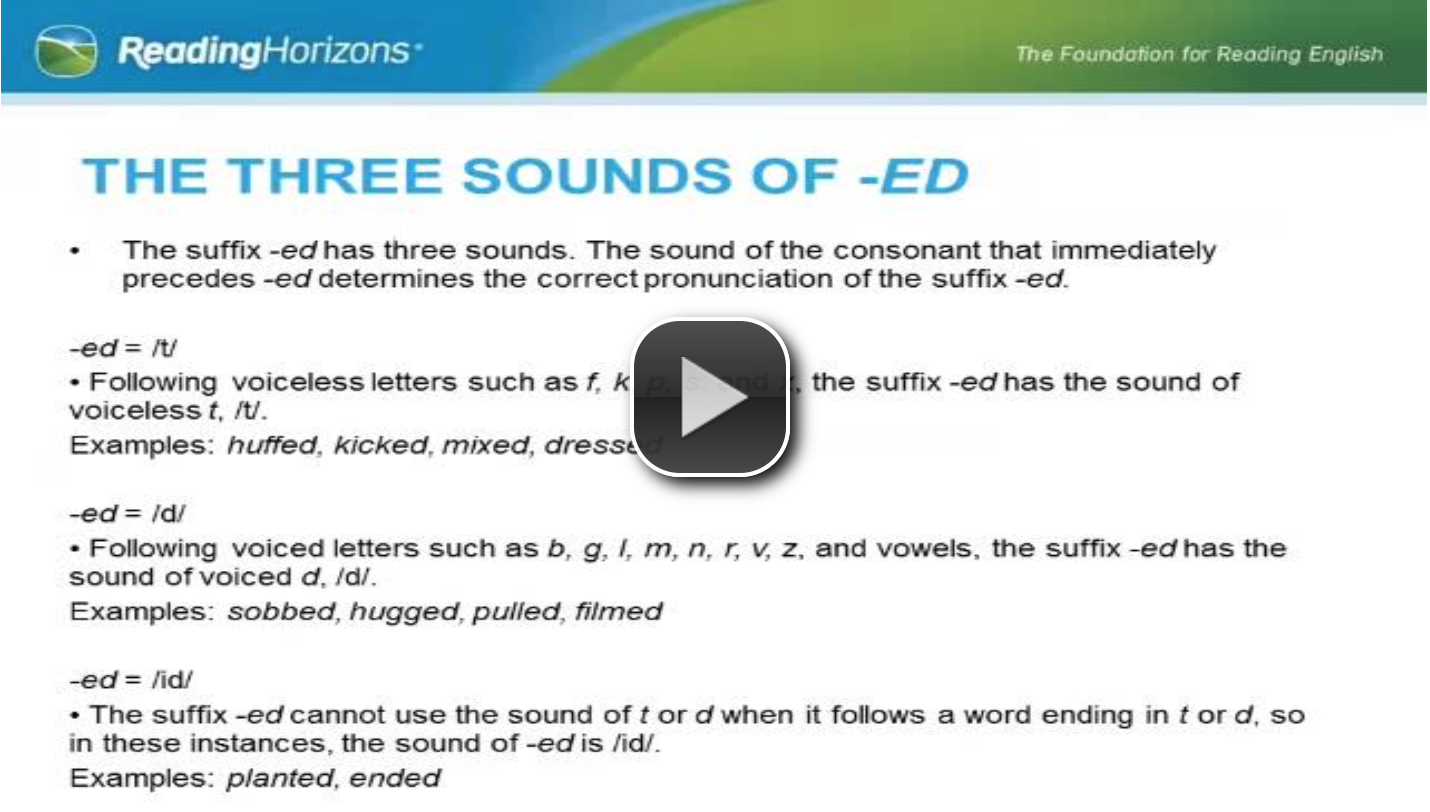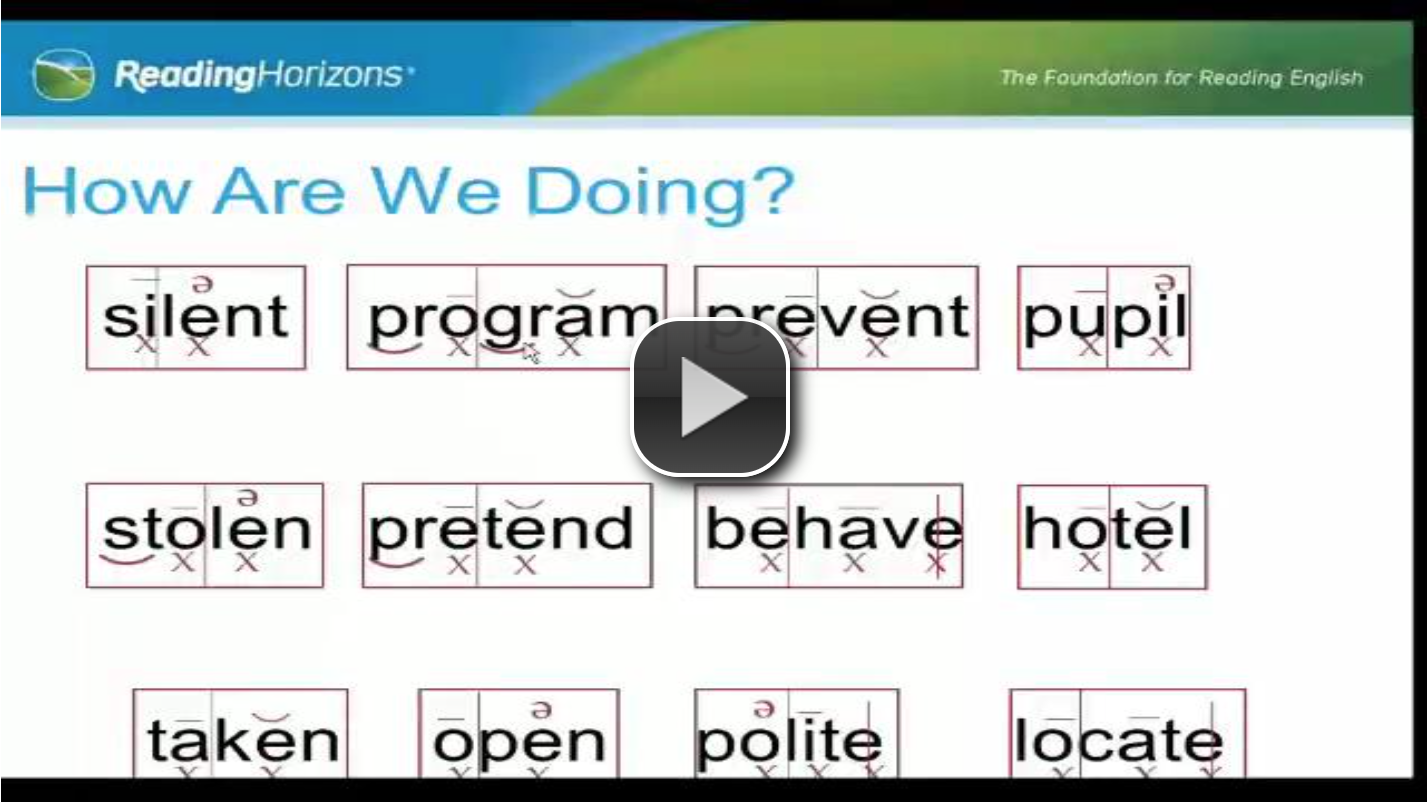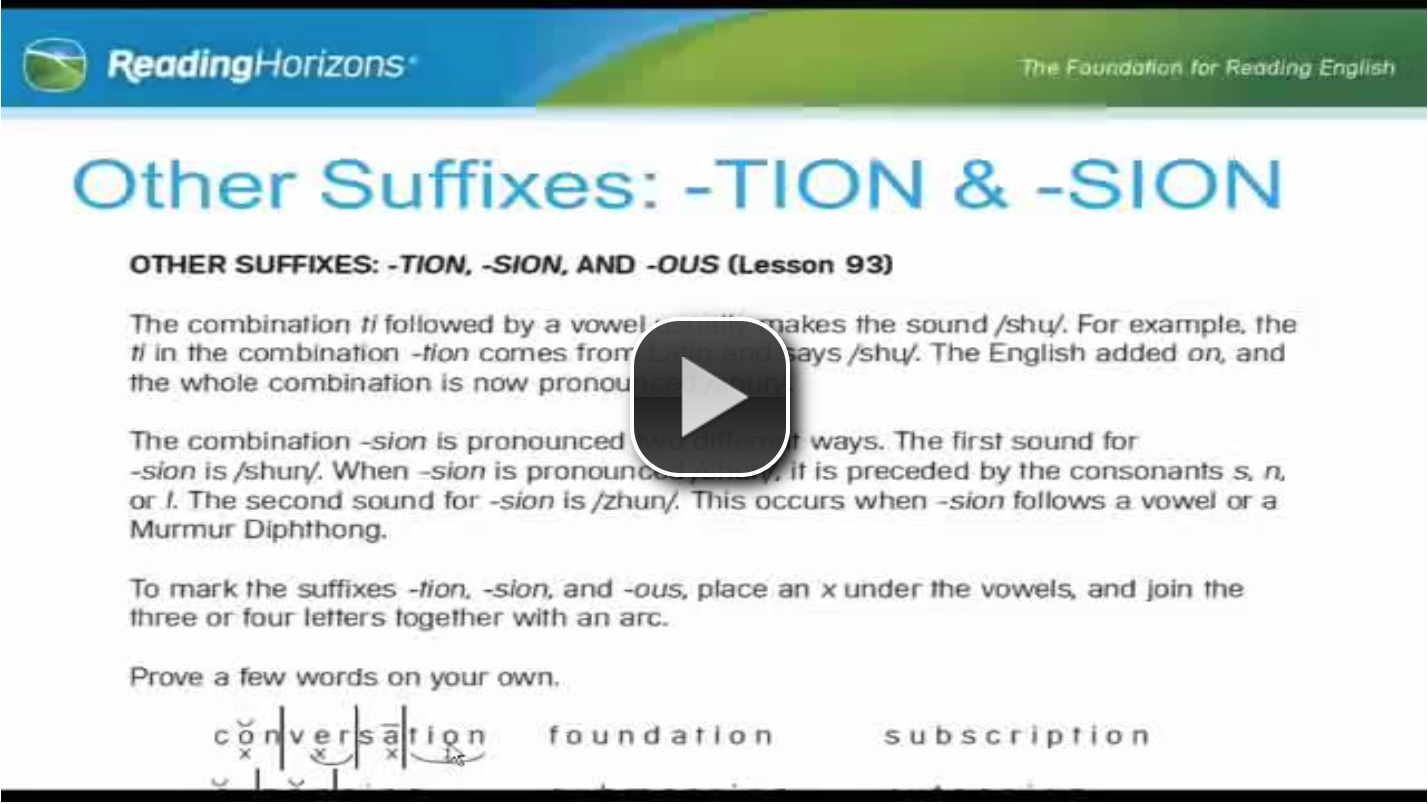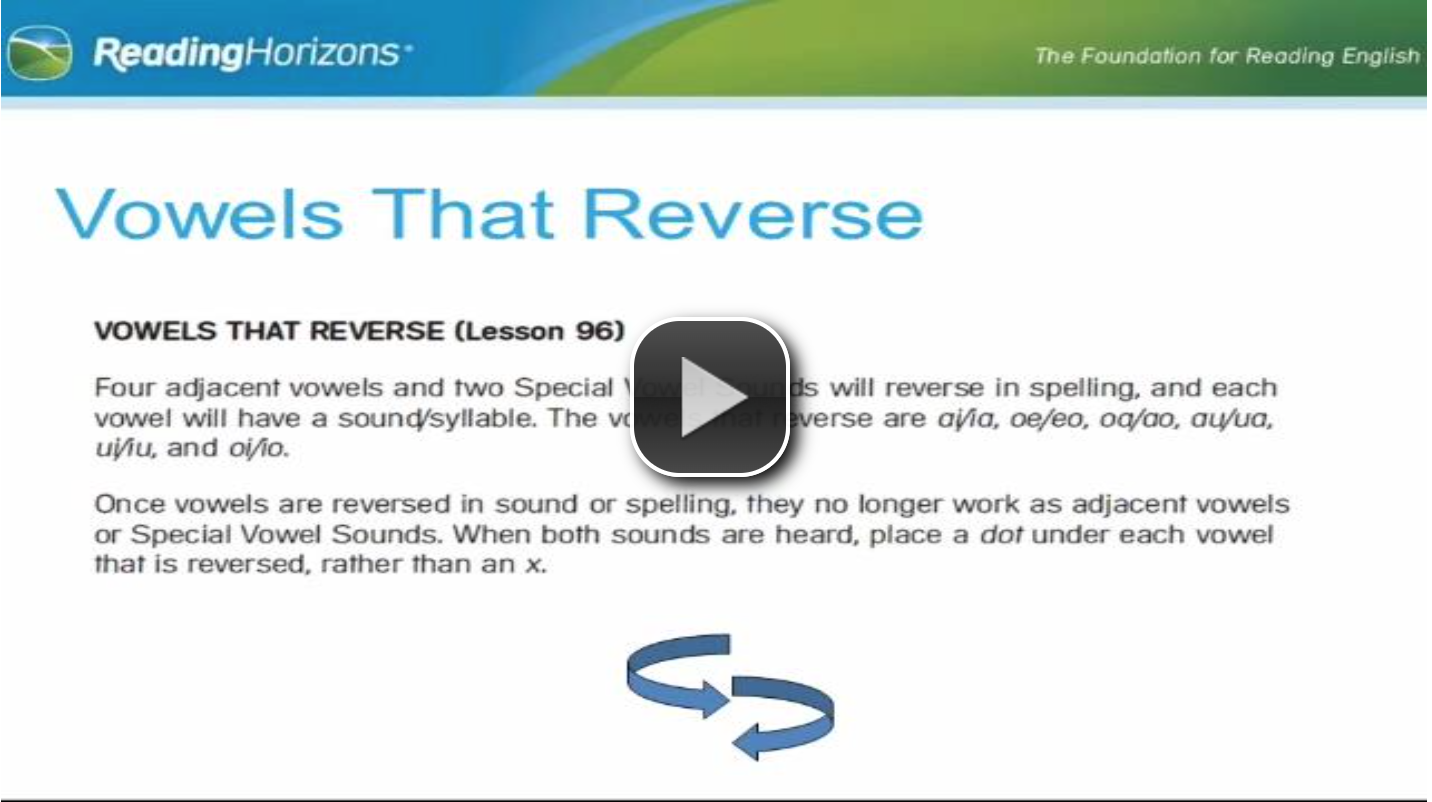Orton-Gillingham Training for Parents and Tutors
Several of the key principles of Orton-Gillingham instruction, being diagnostic, prescriptive, and flexible, can be summed up by explaining that the lessons are individually designed for each child.
Understanding What Orton-Gillingham Is
When parents seeking tutoring services are told their child should receive Orton-Gillingham instruction, they may wonder what that means. Parents should understand the difference between a program that is Orton-Gillingham based, with its own scope and sequence, areas which it gives increased emphasis or areas that it may not address and what is sometimes referred to as “straight OG”. Helping parents understand that – regardless of which program they use – is important to understand that certain characteristics should be in place: for starters, the way in which Orton-Gillingham instruction is individualized.
The Orton-Gillingham approach translates the spelling of sounds into phonemes. There is much order and logic behind these sounds, and we are just scratching the surface. Unlocking this order and logic for students systematically leads students to become extremely informed about the inner workings of language.
One of the most important things for parents to understand is what sort of training they should expect from a highly qualified Orton-Gillingham instructor. While students may be receiving an Orton-Gillingham based program at school, they may not be making the expected progress. Helping parents to see the ways in which Orton-Gillingham is taught can help parents bring what their students are learning in school home with them to better meet the needs of their child.

The English language contains just 26 letters. However, these letters combine to create 44 speech sounds which there are over 250 ways to spell these sounds.
The Orton-Gillingham Approach Is:

Based on a method of learning and teaching language and the language-learning processes in individuals.

Students are learning language by ear (listening), mouth (speaking), eyes (seeing), and hand (writing).

The delivery of instruction follows a well-defined scope and sequence, which provides a logical progression of skills that move from simple to more complex. Newly introduced concepts are layered upon previously learned concepts.

Students learn about the history of the English language and study the many generalizations and rules that govern its structure.

Continuous formative assessment informs progress monitoring and allows teachers to make decisions for prescriptive teaching and differentiation.

Student experiences a high degree of success and gain confidence as well as skill
A Guide to Teaching Reading Using a Proven
Orton-Gillingham Approach
Whether it is a program or non-program specific Orton-Gillingham lesson, you will notice many similar components. What is taught in this 6-part webinar series can be used at home without purchasing materials or software.
*Reading Horizons (Parent’s Guide to Teaching Reading Using a Proven Orton-Gillingham System)
*Reading Horizons (Parent’s Guide to Teaching Reading Using a Proven Orton-Gillingham System)
*Reading Horizons (Parent’s Guide to Teaching Reading Using a Proven Orton-Gillingham System)
*Reading Horizons (Parent’s Guide to Teaching Reading Using a Proven Orton-Gillingham System)
*Reading Horizons (Parent’s Guide to Teaching Reading Using a Proven Orton-Gillingham System)
*Reading Horizons (Parent’s Guide to Teaching Reading Using a Proven Orton-Gillingham System)
See Orton-Gillingham as a Part of Structured Literacy Training in Action
Structured Literacy can ensure that students are equally exposed to important foundational literacy skills in a sequential, systematic, and cumulative way.

